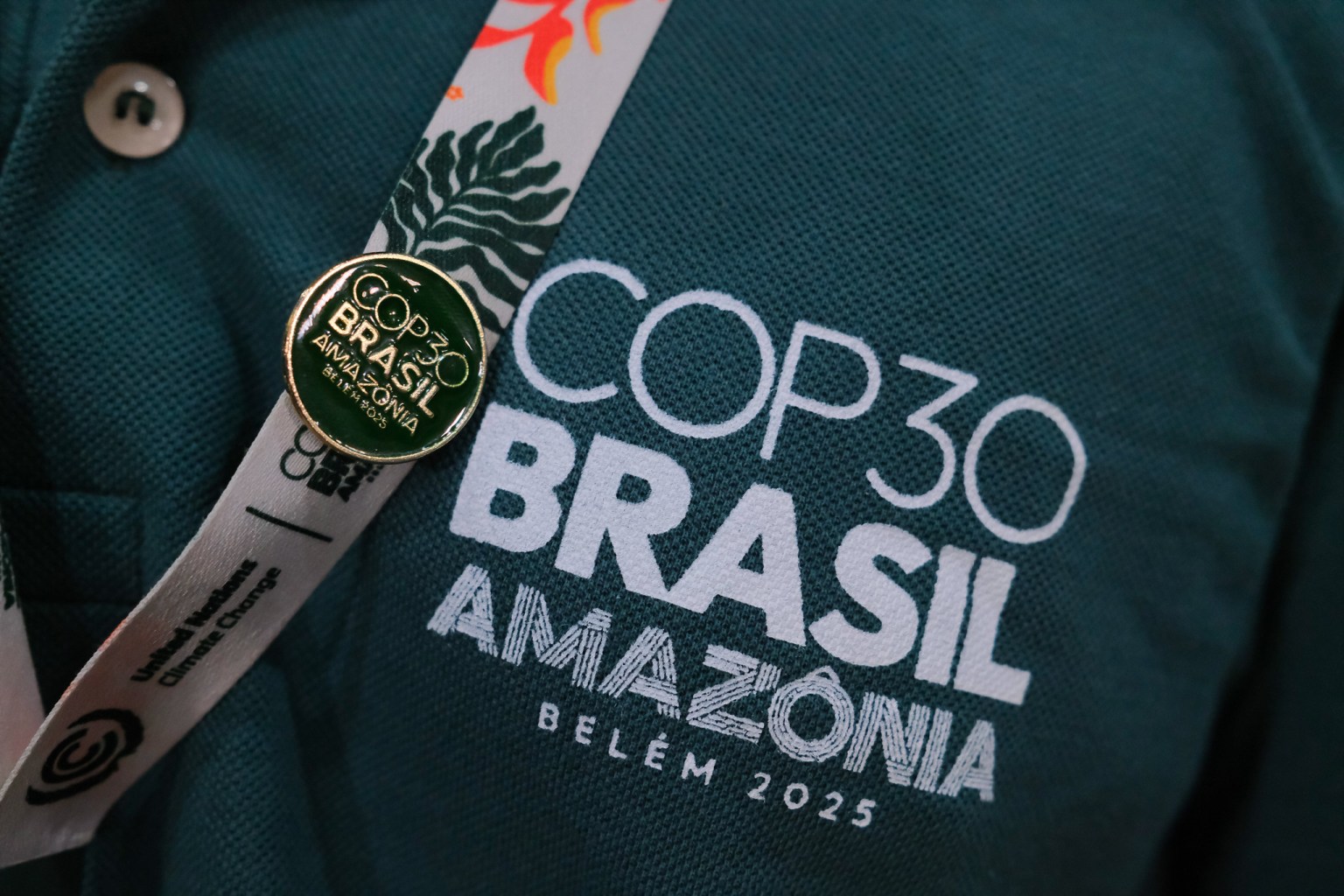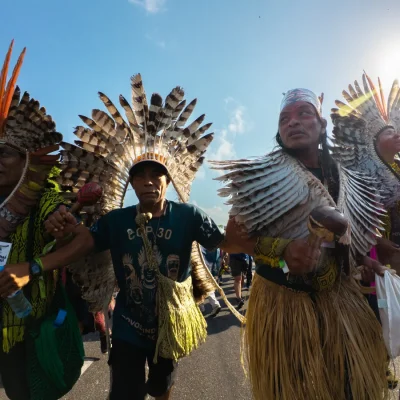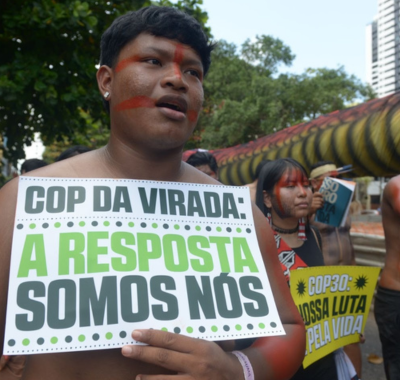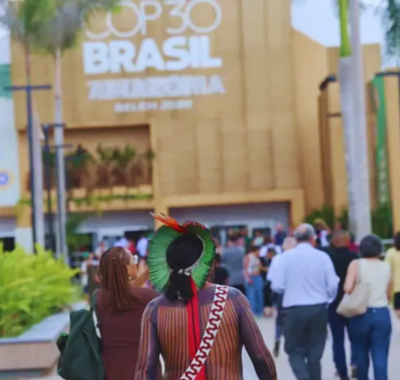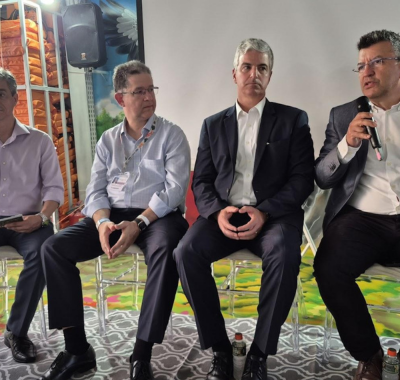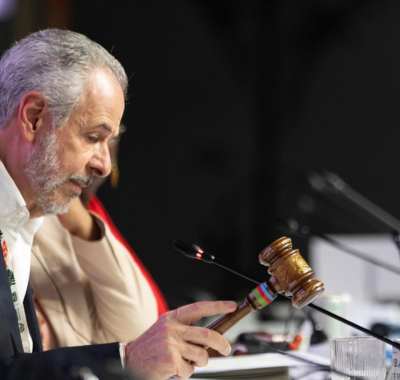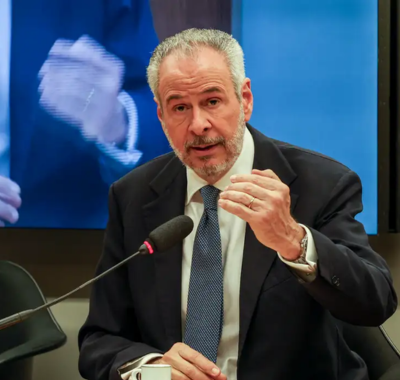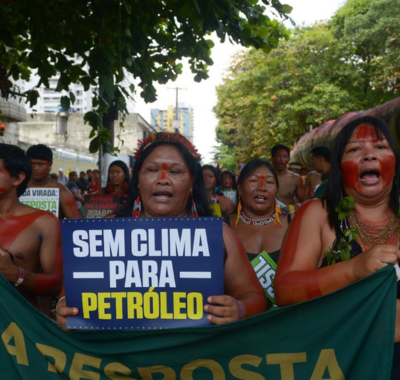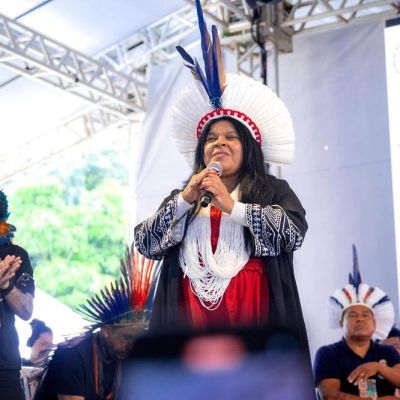Researchers provide the data that proves the problem and suggest solutions for different scenarios, while the Scientific Council on Climate acts as support to ensure that the COP30 presidency makes decisions in the right direction.
By: Meghie Rodrigues
Translated by Diego Lopes/Verso Tradutores
When we look at national climate policies, announcements, and targets set at meetings like the 30th United Nations Climate Change Conference (COP30), we don’t always see the complex web that makes it all possible.
While this coordination is only possible thanks to immense diplomatic effort, there is a scientific basis that supports everything that is discussed and planned. After all, if climate conferences serve to address humanity’s greatest challenge, it is only through science that we know there is a problem — or several. Without scientific warnings, we wouldn’t know it exists, much less its magnitude.
Without science, we would also have no idea of possible solutions, and countries would hardly have anything to discuss at COPs and in the negotiation of other agreements.
How does data from a study or report by the Intergovernmental Panel on Climate Change (IPCC) reach national policy or a plan presented at conferences like COP30? What path does scientific evidence take to become political planning and action?
According to Mercedes Bustamante, a professor at the University of Brasília (UnB) and researcher in Ecosystem Ecology, there are different paths, depending on the issue at hand. When it comes to reducing greenhouse gas emissions, one approach is followed; when the focus is on creating ways to make countries and communities more resilient to the effects of climate change, the path is different.
In Brazil, when it comes to implementing mitigation actions, the country primarily relies on the National Inventory of Greenhouse Gas Emissions, which identifies the sectors that emit the most of these gases, making it easier to calculate the potential for reduction in each of them. In the latest editions of the Inventory, Bustamante says, “Brazil has made significant progress in calculating how much agriculture, land-use change, and the energy sector emit — which also means that Brazil has made great progress in how it monitors deforestation.”
Science, Bustamante explains, contributes to the mitigation process by providing national data on the problems, which goes beyond the more “generic” scope of the IPCC’s global data and facilitates planning and action at the national level. This is not something new. “Science paved the way for understanding the problem even before Rio-92. Today it is essential for paving the path to solutions.”
However, when it comes to adaptation, the path between science and public policy is not so straightforward. “The picture is more complex. The strongest scientific basis comes from modeling the impacts: where we will have more pronounced droughts, where we will have more floods, for example,” explains Bustamante.
The focus is, first and foremost, on identifying local and national vulnerabilities to climate change. Having this identification well-defined is essential, according to the researcher, to support practical actions that do not generate “maladaptation” — thinking that one is solving the problem when, in fact, one is exacerbating it.
One example is rebuilding a city or neighborhood in an area that, according to science, has already proven to be highly likely to suffer from extreme events again, such as floods. In these cases, the best adaptation solution might be to rebuild that neighborhood or city in another location, however difficult that may seem at first.
There are many possibilities for how dialogue between science and public policy can occur. “Sometimes, a government needs to identify and solve a particular problem and commissions a report from research institutes and universities. Sometimes, researchers identify these problems in their work, and this reaches policymakers through the media, which is usually a much faster process than the search for studies by the technical offices that advise authorities,” says Bustamante.
The process can also begin outside the offices of public policy makers or university laboratories. This is the case, for example, with AdaptaClima, a platform from the Ministry of the Environment that systematizes and makes available information and data on adaptation to climate change in a collaborative way.
“AdaptaClima was created through a long and participatory, bottom-up process, involving researchers, traditional communities, fishermen, decision-makers, and industry,” says Andrei Polejack, Director of Research and Innovation at the National Institute for Ocean Research (INPO) and Senior Technical Advisor for Oceans at the Ministry of Science, Technology, Innovation and Communications. Polejack explains that the platform’s data was even used to strengthen Brazil’s Nationally Determined Contribution (NDC) — a plan submitted to the United Nations Framework Convention on Climate Change (UNFCCC) outlining promised actions to help limit global warming to 1.5°C — particularly regarding the protection of oceans and mangroves.
Where is science during COPs?
Science, of course, also takes center stage during the COPs. This is not only due to the presence of scientists making statements or calling on negotiators to take responsibility for dealing with climate change with the urgency it demands.
At COP30, Ambassador André Corrêa do Lago called for increased support from scientists through the creation of the Scientific Council on Climate. Headed by Thelma Krug, a researcher at the National Institute for Space Research (INPE) and former vice-president of the IPCC, the group brings together 11 experts from Brazil and abroad and acts as a support point to ensure that the COP30 presidency is making decisions in the right direction.
When the group was formed at the beginning of the year, the main idea was to translate the complex science of the IPCC into clear and concise language, without scientific jargon, says Krug: “We had to provide a text on the ‘state of the art’ of climate science that would serve as a knowledge base for President Corrêa do Lago and CEO Ana Toni.” The goal was to cover as many topics as possible — from limiting global warming to 1.5ºC to what to do if that limit is exceeded, including funding issues and the contribution of traditional communities — without losing focus on the essentials, despite the large amount of detail.
“We delivered four pages with bullet points summarizing the main elements, considering not only Brazilian issues but also global ones. I pushed hard to ensure it wasn’t a narrative of recommendations. The recommendations were a separate matter. So, the final document was quite scientific,” Krug explains.
With the document delivered, the Committee’s role at the Conference became one of advising the COP30 presidency on technical and more complex issues of the negotiations — and not just in the scientific field. “The ambassador surrounded himself with several councils: there’s one for technology and innovation, one for financing. There are also special envoys for specific issues,” says Krug. All this, she points out, is to ensure that decisions are proposed and made based on the best available knowledge about problems and solutions.
“How can we have a ‘COP of truth’ without knowing what truth is? The truth, we know, is what science points to. The important thing is that science is reflected in an honest, clear, transparent way — and with hope,” Krug concludes.
—
This report was produced by InfoAmazonia, through the Collaborative Socio-environmental Coverage of COP 30. Read the original report at: https://infoamazonia.org/2025/11/20/o-caminho-da-ciencia-ate-a-politica-climatica/

